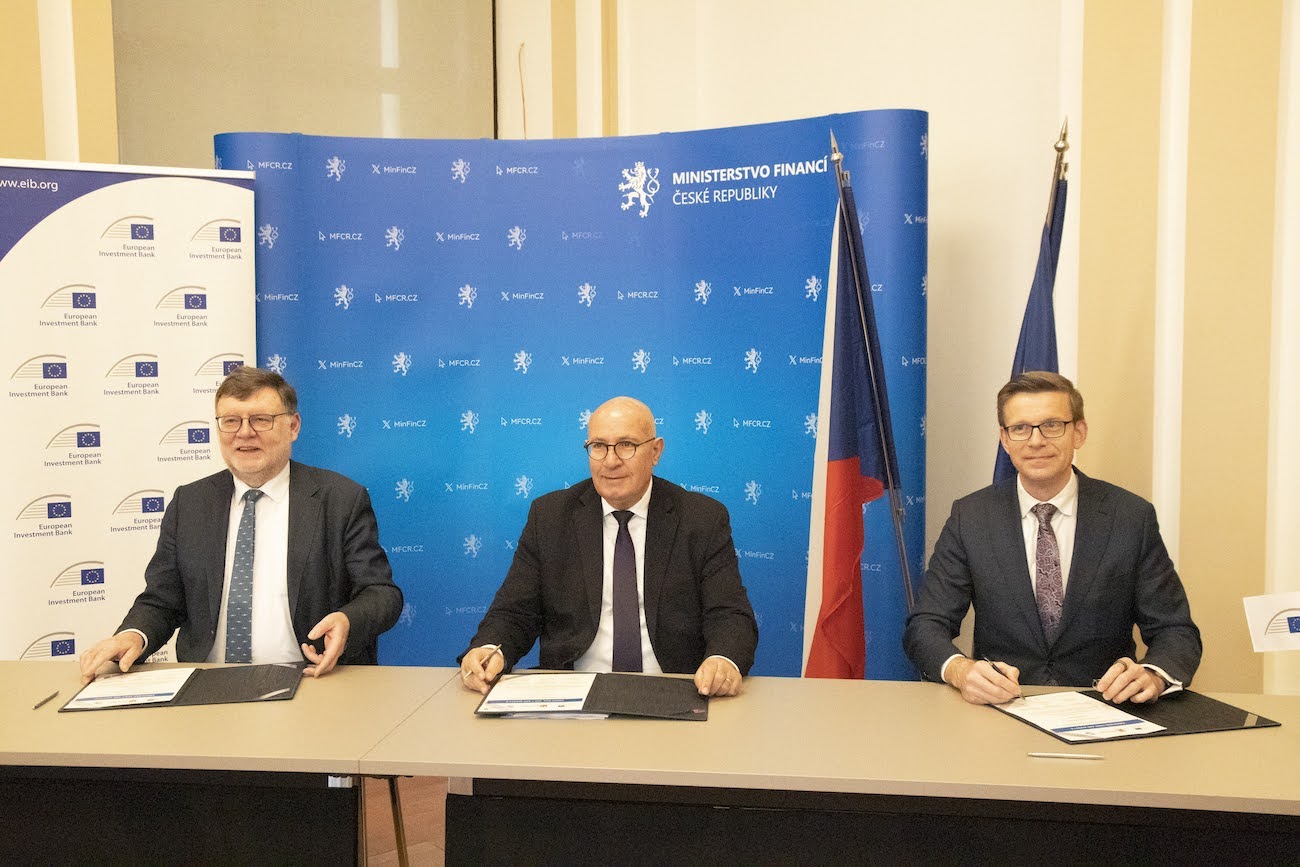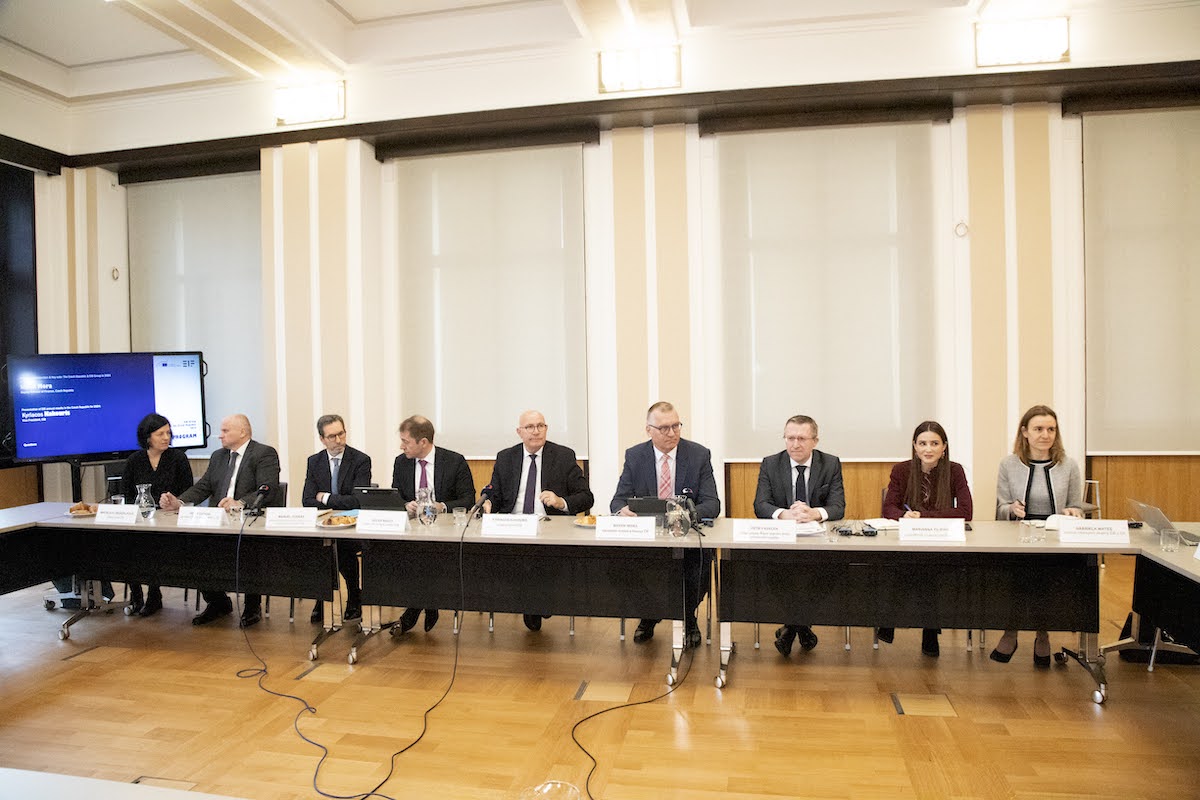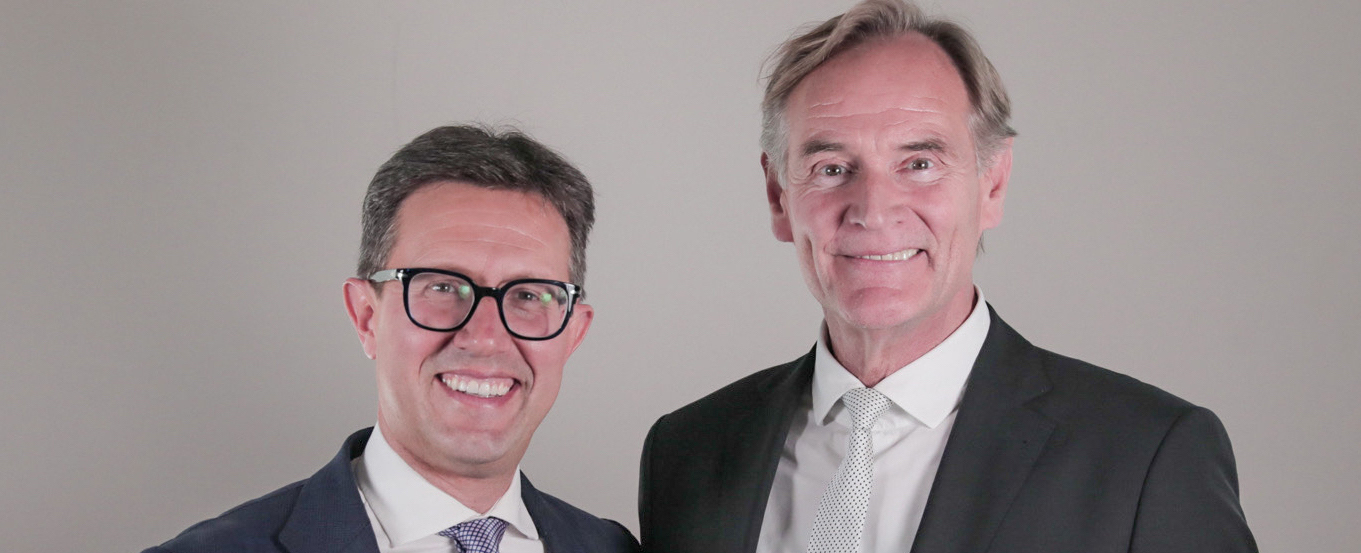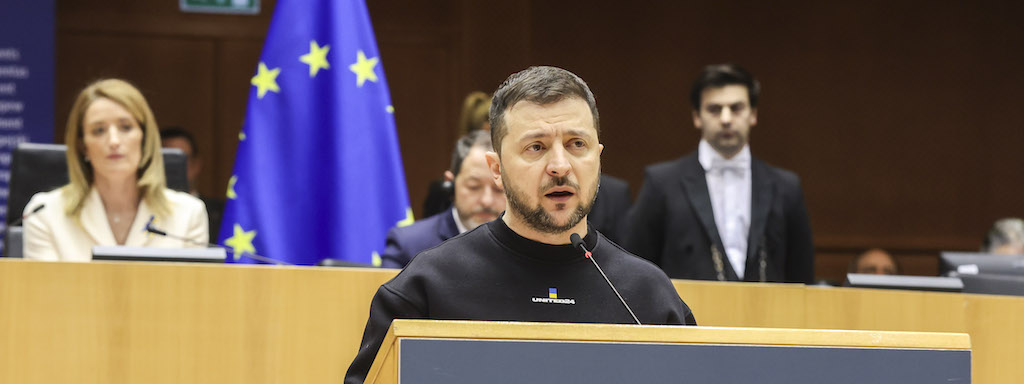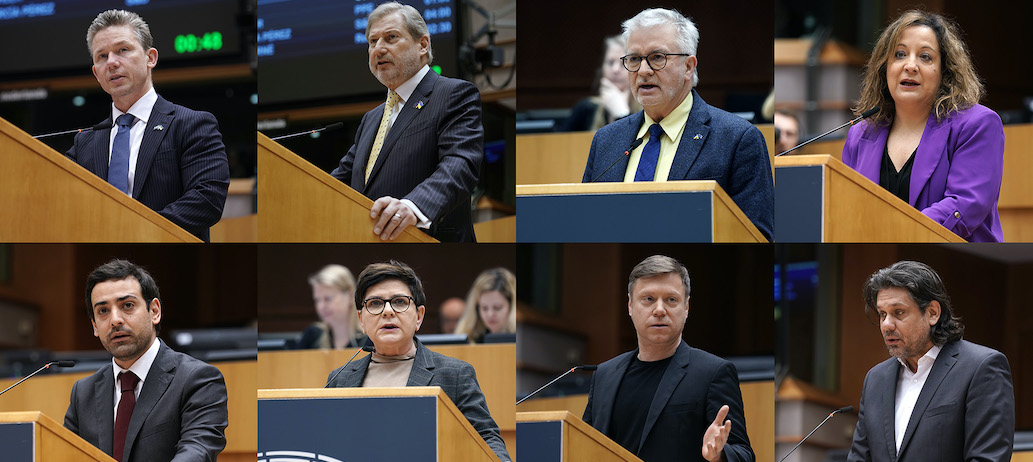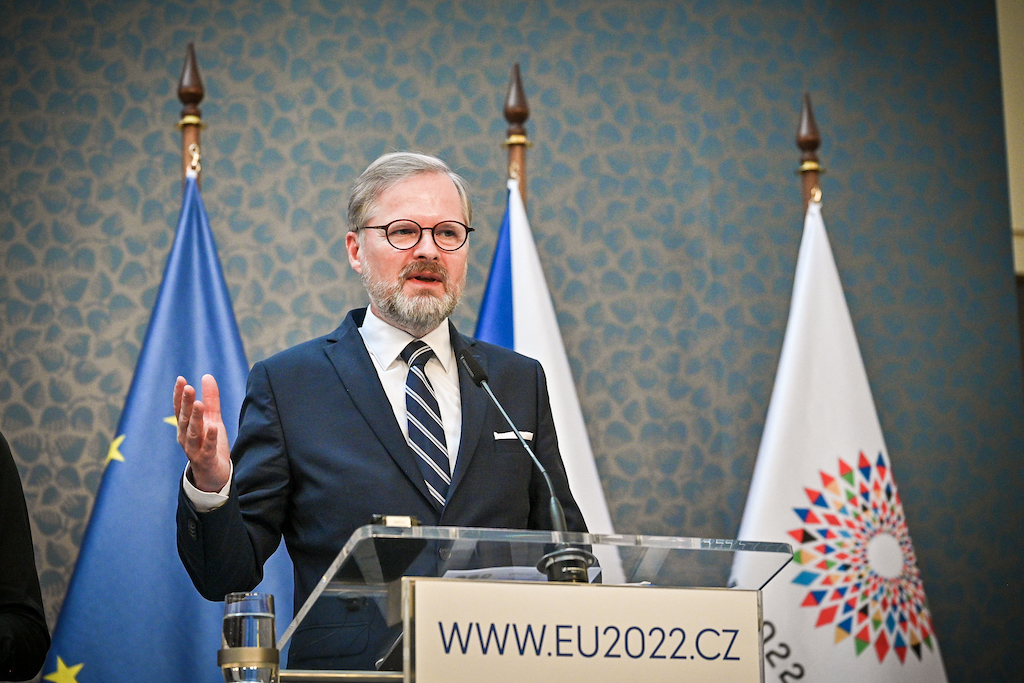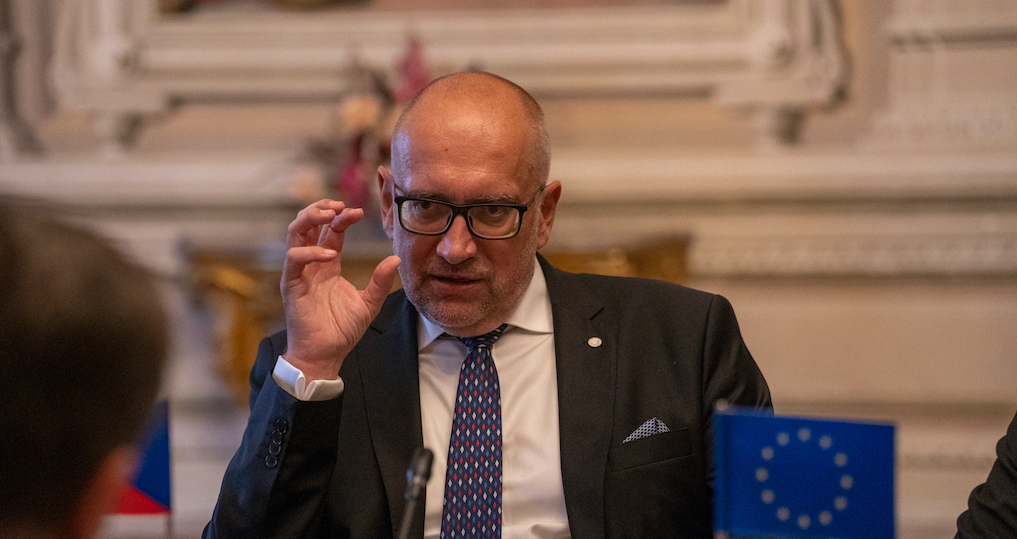
Action Cœur de Ville was born from the report, initially carried by the mayors, of a slow commercial desertification of medium-sized cities, aggravated for ten years.
Three causes explain this phenomenon. The first two, the development of large commercial areas on the outskirts and the peri-urbanization of housing, are already longstanding. This double centrifugal movement has weakened medium-sized cities from beneath the surface for several decades.
A third phenomenon, more recent, suddenly revealed these weaknesses. Over the past fifteen years, the digital economy has been concentrating added value in metropolitan areas and dematerializing an increasingly important share of trade – probably more than 10% in 2019.
While only one out of 10 medium-sized cities had a commercial vacancy rate above 10% at the beginning of the century, this is now the case for one out of two medium-sized cities. Successful cities, touristic or with a growing population, which were considered safe, are affected today by the phenomenon.
Alerted by the mayors, noting the establishment of more and more local initiatives, the state unveiled in February 2018 its national plan “Action Cœur de Ville”, intended to revitalize French cities. 222 of them have been selected to join this five-year development plan (2018-2022).
Largely concerted with local elected representatives and their associations, this plan is based on a double principle of transversality.
The response to the crisis must address all the parameters of attractiveness of city centres. If commercial desertification is the most visible symptom, a city centre revitalization plan must systematically examine housing, mobility, public and private services, living environment and development.
The projects must then involve all the actors concerned. At the heart of the system, the city centre and the agglomeration are meant to work in pairs, even if only to jointly fix the rules of cohabitation between the city centre and the outer areas. A new tool, the Territorial Revitalization Operation (ORT), allows a mayor to veto a commercial facility on the outskirts.
The State intervenes in support of the local initiative, through a panoply of operational actors, gathered around the prefectural institution: departmental delegation of territories and the sea, Caisse des Depots et Consignations, Public Real Estate Establishment (EPF), Action Logement, National Agency for the Improvement of Housing (Anah), National Public Establishment for Development and Restructuring of Commercial and Artisanal Spaces (Epareca)…
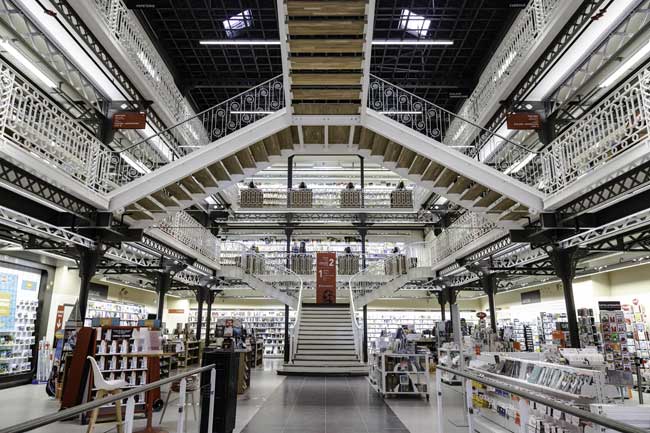
State funding, which is close to 5 billion euros, is aimed at private operators as much as at local authorities and takes many forms: support for engineering or studies (Caisse des dépôts, EPF, Epareca), subsidized loans to communities (Caisse des dépôts) or individuals (Action Logement), direct grants to local authorities (Local Investment Support Fund) or individuals (Action Logement, Anah), land piggybacking (EPF and Epareca, now authorized to intervene in the city centre once a perimeter of ORT has been defined). The State has also set up a specific tax system, the Denormandie in its former format, which encourages renovation in the ORT sector.
In addition to these permanent financings, there are also occasional calls for proposals, such as the call for interest “Reinventing our city centres”, which offers national visibility to emblematic renovation projects.
The trio commune-agglomeration-State is generally associated with consular structures, trade associations, the Region and the Department. The Regions can provide a decisive complement to Action Coeur de Ville projects, by mobilizing European funds for the costliest and most emblematic investments, for which the Fsil cannot suffice.
A European vision is also expected on an issue that all European countries face, even if France, which has opted for an extensive urban planning more than the others, is particularly affected!




